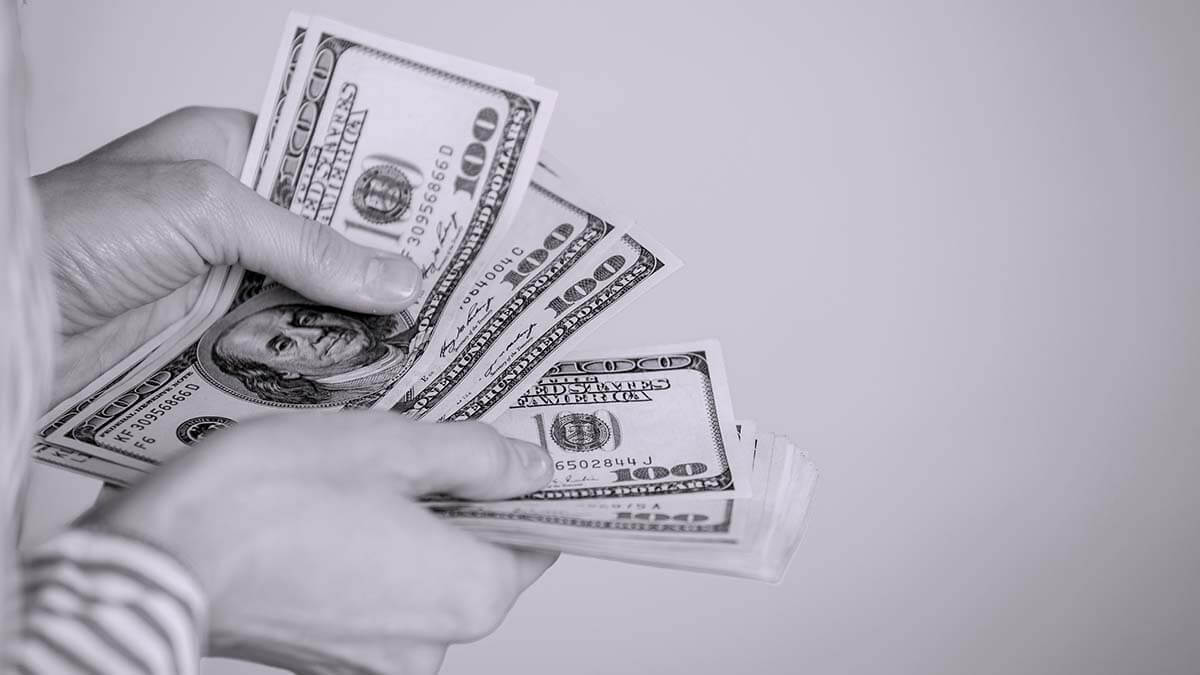At some point or another, you may turn to a lender to borrow funds and need to eventually repay them. And when that happens, notes payable come into play. Learn all about notes payable in accounting and recording notes payable in your business’s books.
Notes payable definition
What are notes payable, exactly? What type of account is notes payable? Is notes payable a liability? Notes payable is a liability account that’s part of the general ledger. Businesses use this account in their books to record their written promises to repay lenders. Likewise, lenders record the business’s written promise to pay back funds in their notes receivable.
Once you create a note payable and record the details, you must record the loan as a note payable on your balance sheet (which we’ll discuss later).
In your notes payable account, the record typically specifies the principal amount, due date, and interest.
Notes payable can either be short-term or long-term, depending on the timing. Short-term notes payable are due within 12 months. Long-term notes payable are due after a year.
Notes payable vs. accounts payable
Notes payable and accounts payable are both liability accounts that deal with borrowed funds. However, they are not synonymous.
Again, you use notes payable to record details that specify details of a borrowed amount. With accounts payable, you use the account to record liabilities you owe to vendors (e.g., buy supplies from a vendor on credit).
With notes payable, you record a written promise. But with accounts payable, there is no written promise involved.
How to record notes payable
Now that you know about notes payable, let’s get into how to record them in your books. When you record notes payable on balance sheet, use the following accounts:
- Cash
- Interest expense
- Interest payable
- Notes payable
If your company borrows money under a note payable, debit your Cash account for the amount of cash received and credit your Notes Payable account for the liability.
When you repay the loan, you’ll debit your Notes Payable account and credit your Cash account. For the interest that accrues, you’ll also need to record the amount in your Interest Expense and Interest Payable accounts.
Confused? No worries. Let’s see what this looks like in your books.
When your business borrows money from a lender under a note payable, debit your Cash account and credit your Notes Payable account for the borrowed amount:
| Date | Account | Debit | Credit |
|---|---|---|---|
| XX/XX/XXXX | Cash | X | |
| Notes Payable | X |
To record the accrued interest, debit your Interest Expense account and credit your Interest Payable account for the amount of interest. It should look like this in your books:
| Date | Account | Debit | Credit |
|---|---|---|---|
| XX/XX/XXXX | Interest Expense | X | |
| Interest Payable | X |
When your business pays the interest expense, record the following:
| Date | Account | Debit | Credit |
|---|---|---|---|
| XX/XX/XXXX | Interest Payable | X | |
| Cash | X |
When your company pays the loan back to the lender, debit your Notes Payable account and credit your Cash account:
| Date | Account | Debit | Credit |
|---|---|---|---|
| XX/XX/XXXX | Notes Payable | X | |
| Cash | X |
Notes payable examples
Want to see notes payable in action? Let’s check out a few examples of recording them in your books.
Example 1
Say your business borrows $15,000 from a lender. You create the note payable and agree to make payments each month along with $100 interest.
Here’s what your balance sheet will look like:
| Date | Account | Debit | Credit |
|---|---|---|---|
| XX/XX/XXXX | Cash | $15,000 | |
| Notes Payable | $15,000 |
Then, record the interest in your books like this:
| Date | Account | Debit | Credit |
|---|---|---|---|
| XX/XX/XXXX | Interest Payable | $100 | |
| Cash | $100 |
Recording these entries in your books helps ensure your books are balanced until you pay off the liability.
Example 2
Your business took out a $10,000 loan from the bank. You’ve already made your original entries and are ready to pay the loan back.
Here’s what your entry will look like when you pay back the loan to your lender:
| Date | Account | Debit | Credit |
|---|---|---|---|
| XX/XX/XXXX | Notes Payable | $10,000 | |
| Cash | $10,000 |
Debit your Notes Payable account and debit your Cash account to show a decrease for paying back the loan.
This is not intended as legal advice; for more information, please click here.



